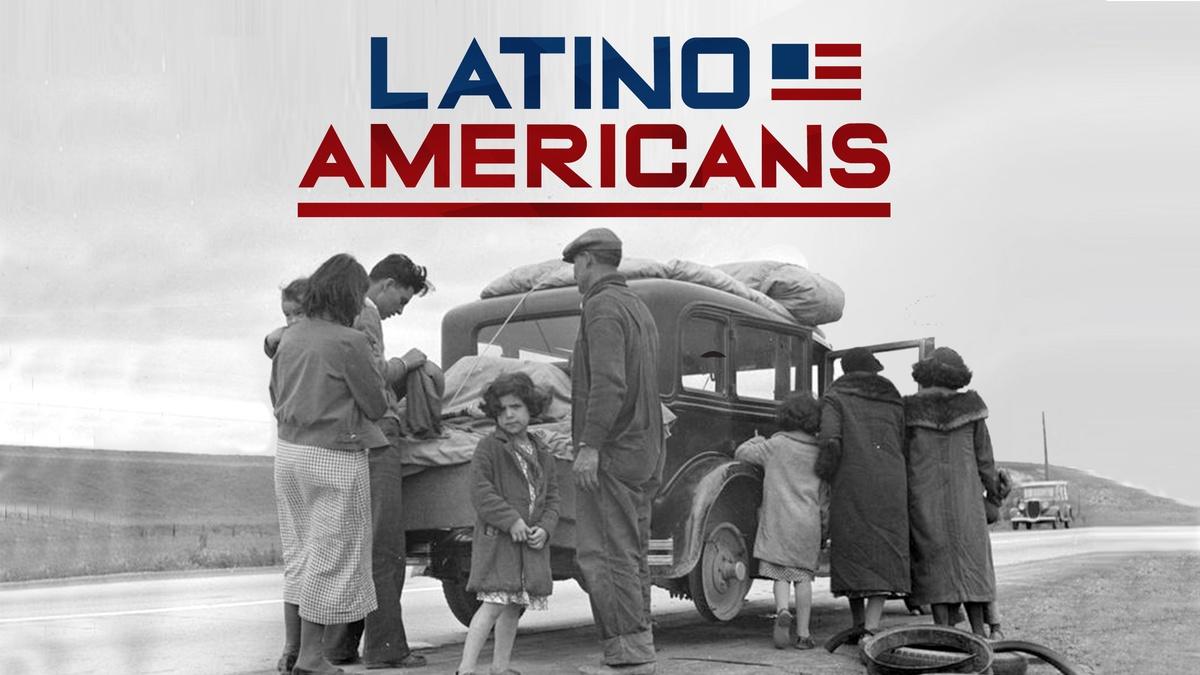It’s important that we, as Latinxs, know our history. That’s why documentaries like PBS’ Latino Americans: The 500-Year Legacy That Shaped A Nation are so crucial. They not only illuminate the fact that we were, indeed, a part of American history, but also how we contributed to the nation’s history.
The three-part series spans over 500 years of Latinx history in what is now the United States. It won a Peabody Award for its work and, personally, I learned so much during its six hours. So, here are the top four things I learned watching PBS’ Latino Americans: The 500-Year Legacy That Shaped a Nation.
Mexican Juan Seguin Helped Found Texas
We learn about Davy Crockett in history class. But, we never learn about Mexicano Juan Seguin. Yet both were integral to Texas gaining independence from Mexico (and so keeping Black people enslaved). Juan Seguin, whose father Erasmo led 300 families into Texas (including that of famed Texan settler Moses F. Austin), joined Sam Houston’s army in the battle of San Jacinto to win Texas. Juan was named military leader of West Texas, Senator of the Republic of Texas, and then Mayor of San Antonio, before anti-Mexican sentiment forced him to flee Texas for Mexico in 1842.
The Cuban Rebels During the Spanish-American War Were Mostly Black

Another thing I learned by watching Latino Americans was that the majority of the Cuban rebels who fought for independence from Spain were Black. You can see photos of the Liberation Army, also known as Los Mambises, via AfroCubaWeb. It also specifies that the percentage of Afro-Cubanos participating in the army was anywhere from 85% to 92%. Latino Americans also mentioned that as American soldiers went into Santiago de Cuba as liberators, the Cuban fighters were “forced to wait outside the city.” Adding insult to injury, the U.S. didn’t believe that Black people were “fit for self-government,” and failed to invite Cubans, Puerto Ricans, and Filipinos into discussions regarding what to do after the war.
Over Half a Million Latinos Served in WWII

While I knew that Latinxs served in all U.S. wars, the third episode of Latino Americans, entitled “War and Peace,” taught me that over 500,000 Latinos lent their service during World War II, “in all major battles across Europe and the Pacific.” This includes Ensign Manuel Gonzalez, who was one of the first Americans to die in the war. A Navy pilot, the Mexicano was flying ahead of the USS Enterprise in Honolulu right as the Japanese were bombing Pearl Harbor. His heroics remind us of the many Latinxs who fight to protect this country. During WWII, so many Latinos were awarded the Congressional Medal of Honor, that we were the most decorated veterans of any other group.
The Origins of the Word “Chicano”
Do you know where the word “Chicano” comes from? In episode five of Latino Americans, entitled “Prejudice and Pride,” viewers are taught about educator and activist Sal Castro, who, during the 1960s, was teaching and empowering Lincoln High School students in East L.A. about their glorious Indigenous history. Movie producer, activist, entertainment executive, and entrepreneur, Moctesuma Esparaza, who was one of Castro’s students, explains in the doc that “Chicano” is the root word for “Mexico,” “which was the name of the Aztec Indians, and their name was Mexica, not Aztec. That’s what the Spaniards called them.” By dropping the first syllable, which he called “weak,” you get the strong word “Chicano.” Sal Castro went on to organize around 15,000 Chicano East L.A. students to stand up for their civil rights with the iconic 1968 East L.A. Walkouts, a precursor to the Chicano Movement.

